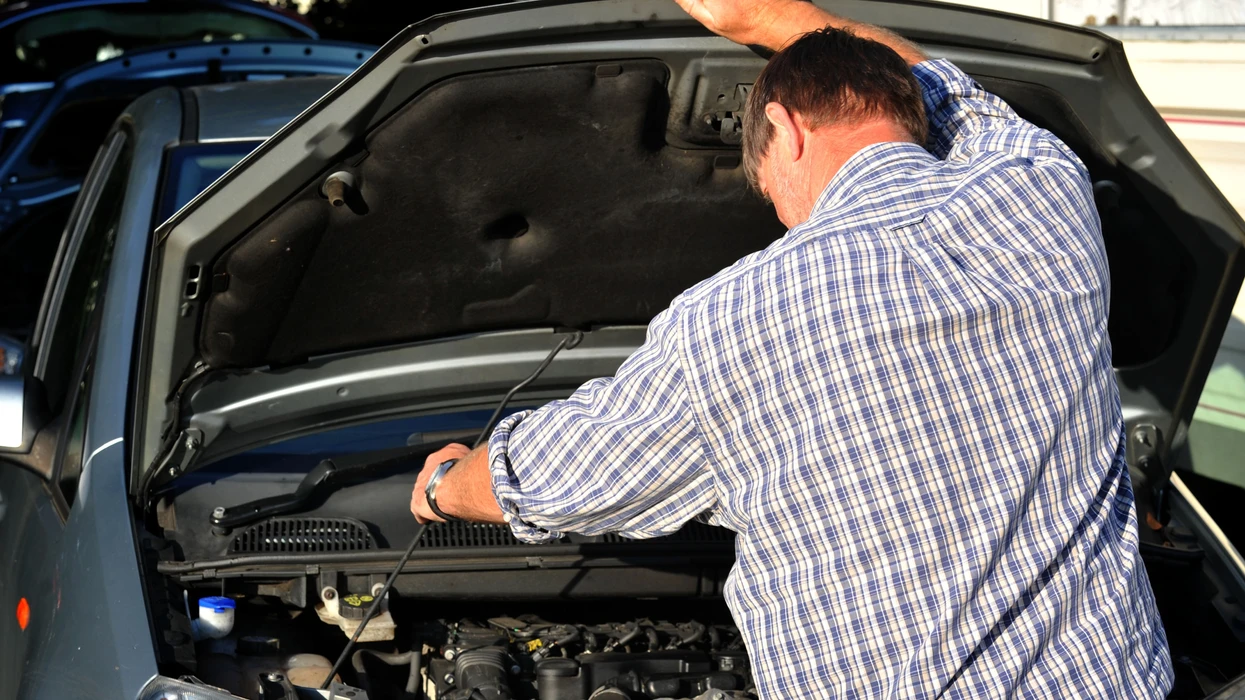
Essential Car Maintenance Tips Every Driver Should Know
In a world where we depend heavily on our vehicles, proper car maintenance isn’t just about preserving your investment—it’s about ensuring safety, reliability, and performance on the road. Yet many drivers lack the basic knowledge needed to keep their vehicles in optimal condition. This comprehensive guide covers the essential maintenance tips that every driver should know, regardless of mechanical expertise.
Why Regular Maintenance Matters
Regular maintenance extends your vehicle’s lifespan, improves fuel efficiency, maintains safety, prevents costly repairs, and preserves resale value. According to a study by CarCare.org, neglected maintenance leads to over $2 billion in unnecessary repairs annually. A well-maintained vehicle can easily surpass 200,000 miles, while neglected ones may not reach half that mileage.
Essential Maintenance Tasks
1. Monitor and Change Your Oil Regularly
Engine oil is your vehicle’s lifeblood. It lubricates moving parts, reduces friction, prevents overheating, and keeps the engine clean.
What to do:
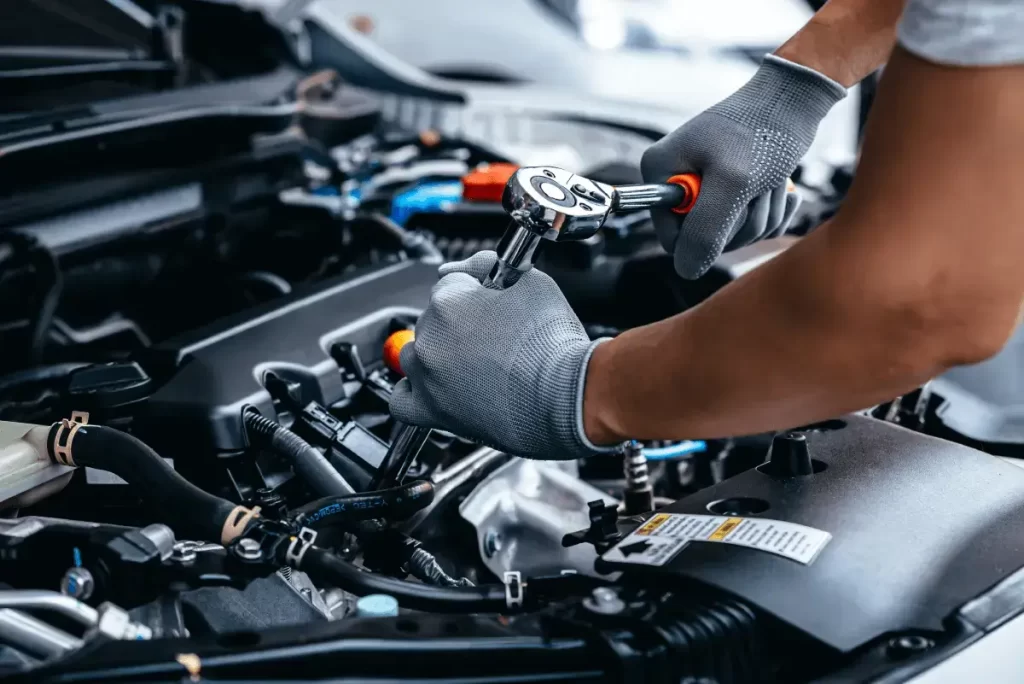
- Check oil levels monthly using the dipstick
- Look for oil that’s amber and translucent, not dark and gritty
- Follow the manufacturer’s recommendations for oil changes (typically 3,000-7,500 miles)
- Consider synthetic oil for better protection and longer intervals between changes
- Always replace the oil filter with each oil change
Pro tip: Keep a maintenance log in your glove compartment to track oil changes and other service tasks.
2. Keep Tires Properly Inflated and Rotated
Your tires are the only point of contact between your vehicle and the road, making them critical for safety and performance.
What to do:
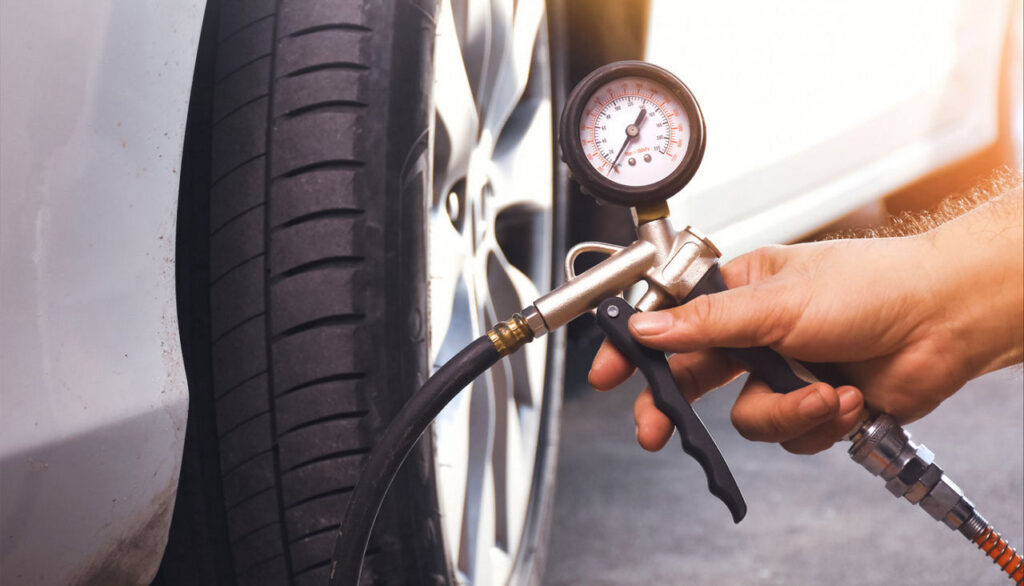
- Check tire pressure monthly and before long trips (including the spare)
- Follow the pressure recommendations listed on the driver’s door jamb, not the tire sidewall
- Inspect tires regularly for uneven wear, cuts, or bulges
- Rotate tires every 5,000-8,000 miles
- Replace tires when tread depth reaches 4/32″ (use the penny test: if Lincoln’s head is visible when inserted into the tread, it’s time for new tires)
Pro tip: Properly inflated tires can improve fuel economy by up to 3% and extend tire life by thousands of miles.
3. Replace Air Filters Regularly
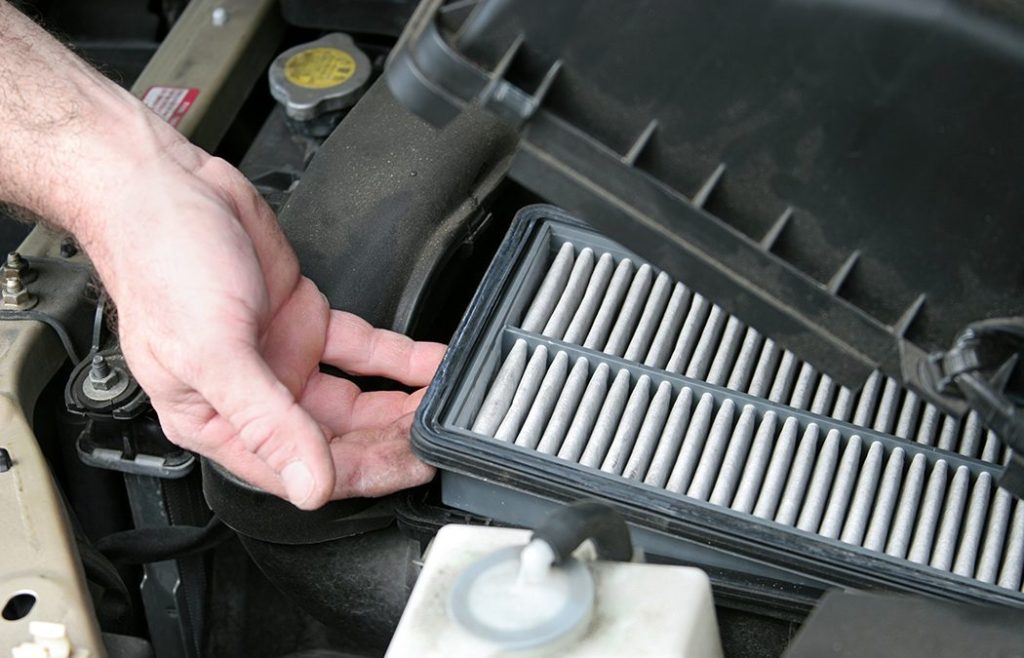
Your vehicle has two important filters: the engine air filter and the cabin air filter. Both need regular attention.
What to do:
- Replace the engine air filter every 15,000-30,000 miles (more frequently in dusty conditions)
- Change the cabin air filter every 15,000-25,000 miles to maintain air quality inside your vehicle
- Inspect filters by holding them up to a light source—if light doesn’t pass through, it’s time for replacement
Pro tip: Clean air filters can improve acceleration by 6-11% and boost fuel efficiency by up to 10%.
4. Monitor and Maintain Fluid Levels
Your car requires several fluids to operate properly, and each needs regular checking.
What to do:
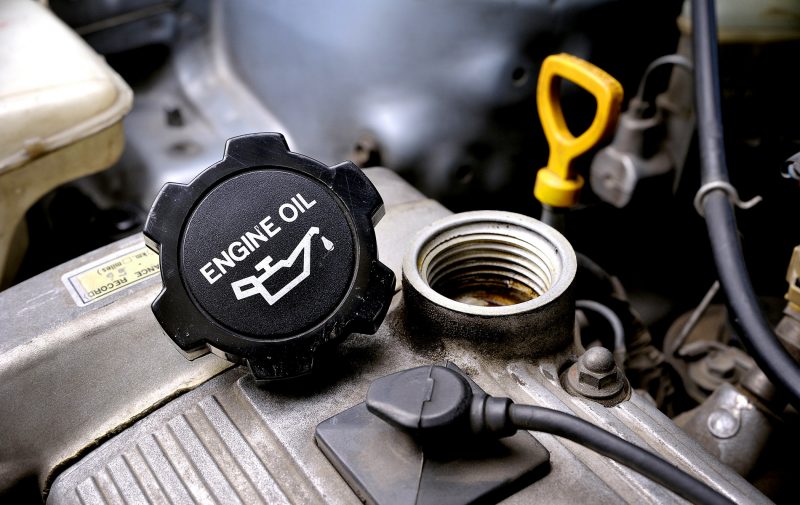
- Check these fluids monthly:
- Transmission fluid (should be bright red, not brown or smelly)
- Brake fluid (should be clear to amber, not dark or cloudy)
- Power steering fluid (typically amber or pink)
- Coolant/antifreeze (usually green, orange, or pink depending on type)
- Windshield washer fluid
Pro tip: Use a flashlight when checking fluid reservoirs for better visibility of fluid color and condition.
5. Pay Attention to the Braking System
Your brakes are arguably the most important safety feature of your vehicle.
What to do:
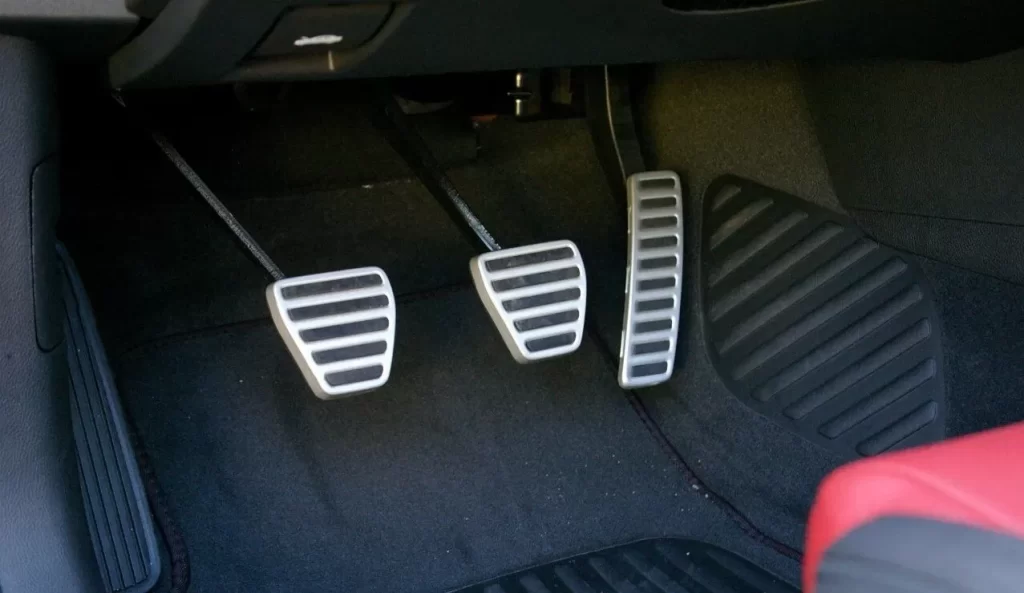
- Listen for squeaking, grinding, or other unusual noises
- Notice if the vehicle pulls to one side when braking
- Check for a soft or spongy brake pedal
- Have brake pads inspected every 12,000 miles
- Replace brake pads when they reach 3-4mm thickness
- Have brake fluid flushed every 2 years regardless of mileage
Pro tip: If you notice vibration when braking, your rotors may be warped and need machining or replacement.
6. Replace Wiper Blades and Check Lights
Visibility is crucial for safe driving, especially in adverse weather conditions.
What to do:
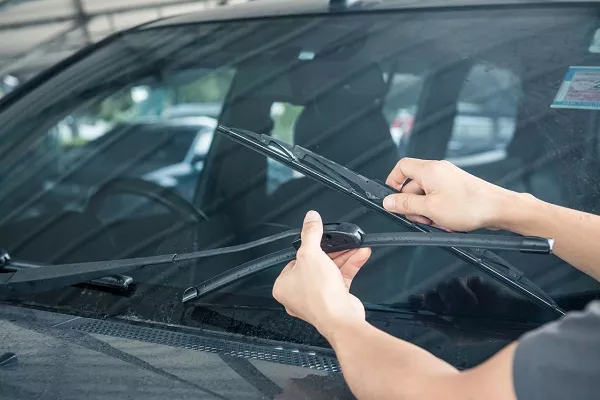
- Replace wiper blades every 6-12 months
- Test all exterior lights monthly (headlights, taillights, brake lights, turn signals)
- Clean headlight covers when they become foggy or yellowed
- Adjust headlight aim if you notice poor nighttime visibility
Pro tip: Apply a small amount of windshield washer fluid to a paper towel and wipe down wiper blades monthly to extend their life.
7. Check and Maintain the Battery
A dead battery is one of the most common causes of roadside breakdowns.
What to do:
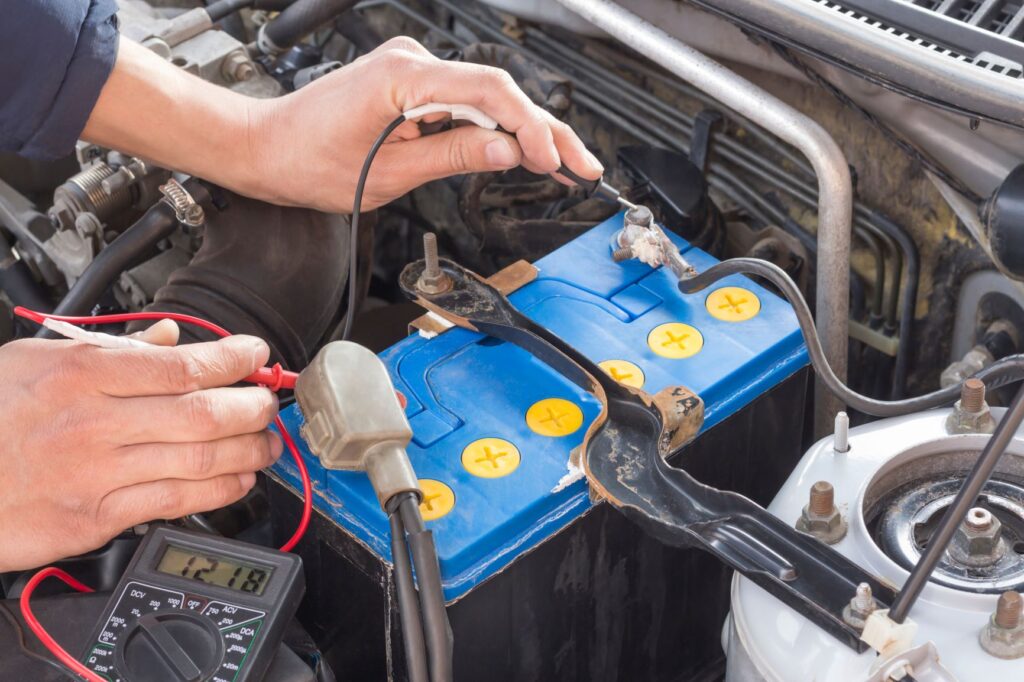
- Inspect battery terminals for corrosion (a white or greenish powder)
- Clean terminals with a mixture of baking soda and water if corrosion is present
- Ensure battery connections are tight
- Have the battery tested annually after it’s 2 years old
- Replace batteries every 3-5 years, depending on climate and usage
Pro tip: If your headlights dim when idling but brighten when you rev the engine, your battery may be failing.
8. Inspect the Belts and Hoses
Rubber components deteriorate over time and can cause catastrophic failures if they break while driving.
What to do:
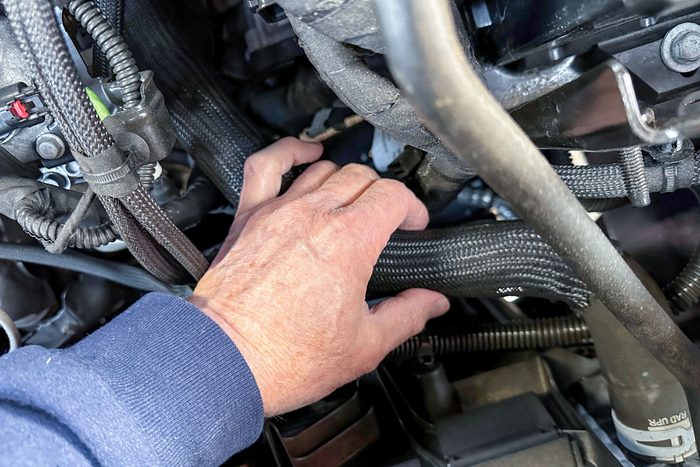
- Visually inspect all accessible belts and hoses quarterly
- Look for cracks, fraying, glazing, or softness in the rubber
- Replace the timing belt according to manufacturer recommendations (typically 60,000-100,000 miles)
- Have serpentine and accessory belts checked annually
Pro tip: Carry a spare serpentine belt in your emergency kit—it’s an easy roadside fix that can prevent being stranded.
9. Don’t Ignore Dashboard Warning Lights
Modern vehicles have sophisticated computer systems that monitor various components.
What to do:
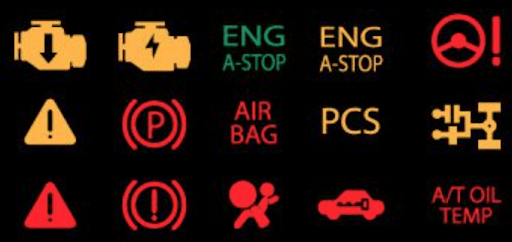
- Never ignore illuminated warning lights
- Refer to your owner’s manual to understand what each light means
- Address warning lights promptly—continuing to drive could cause additional damage
- Keep a code reader in your glove box to diagnose check engine lights
Pro tip: If the check engine light is flashing (not just illuminated), reduce speed and seek immediate service as this indicates a serious problem that could damage your catalytic converter.
10. Practice Preventive Maintenance
The most cost-effective approach to car care is preventing problems before they occur.
What to do:
- Follow your manufacturer’s recommended maintenance schedule
- Keep all service records
- Address small issues before they become major problems
- Find a trustworthy mechanic before you need one
- Consider seasonal maintenance checks before extreme weather
Pro tip: The average cost of maintaining a vehicle is $0.09 per mile, while the cost of repairs due to neglected maintenance averages $0.42 per mile.
DIY vs. Professional Service
While some maintenance tasks are perfect for DIY ( Do It Yourself ) enthusiasts, others require professional expertise:
DIY-friendly tasks:
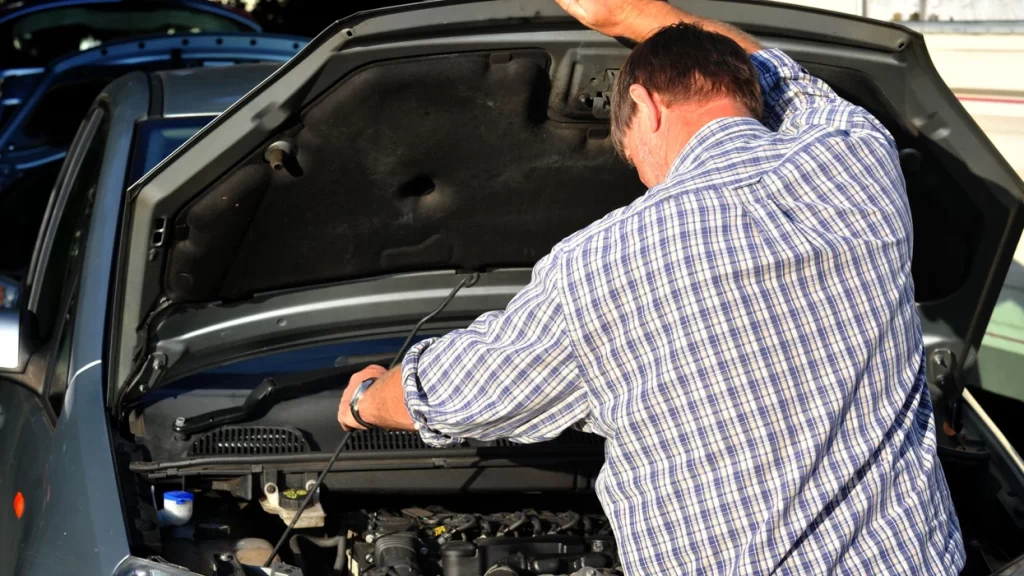
- Checking fluid levels
- Replacing air filters
- Changing wiper blades
- Checking tire pressure
- Replacing bulbs
- Cleaning battery terminals
Leave to the professionals:
- Brake system repairs
- Transmission service
- Timing belt replacement
- Engine diagnostics
- Suspension repairs
- Electrical system issues
Building Your Car Maintenance Toolkit
Every driver should have these basic items:
- Tire pressure gauge
- Jumper cables
- Flashlight
- Screwdriver set
- Pliers
- Duct tape
- WD-40
- Owner’s manual
- Digital tire inflator
- Clean rags or paper towels
Proper vehicle maintenance isn’t just about avoiding breakdowns—it’s about safety, reliability, and protecting your investment. By following these essential maintenance tips, you can extend your vehicle’s life, improve performance, and save money in the long run. Start with small, manageable tasks and gradually build your maintenance routine. Your vehicle—and your wallet—will thank you for the attention.
Remember: The cheapest maintenance is the maintenance you do before problems occur. A small investment of time and attention now can save thousands in repairs later.
We at Rent A Driver Uganda do full-time maintenance on all our rental cars in Uganda after every road trip, ensuring our clients enjoy a safe and comfortable self-drive or driver-guided trip around the city, suburbs and remote villages. Contact us now by sending an email to info@rentadriveruganda.com or call us now on +256-700135510.



